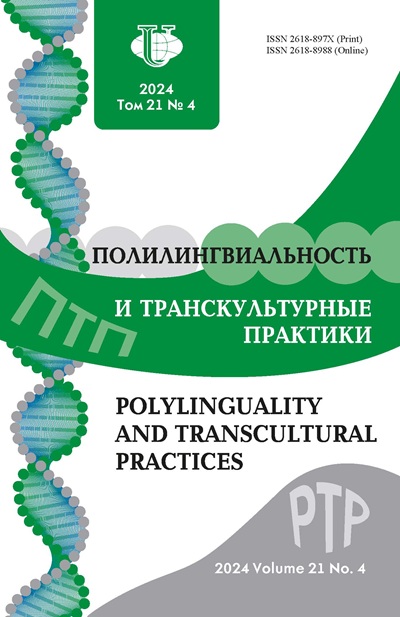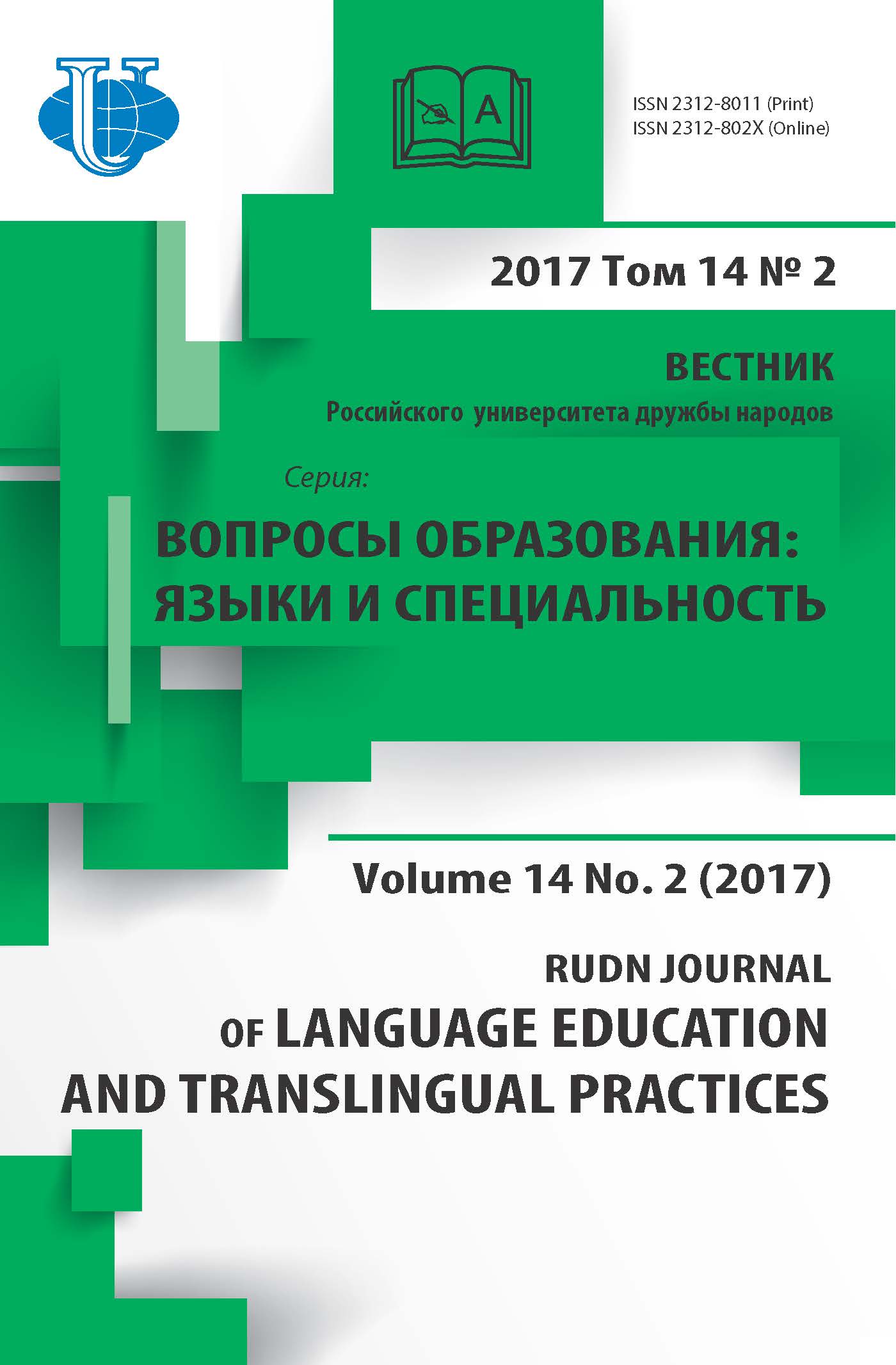Abstract
The paper aims to outline the major strategies of translingual English-Russian practices in Russia today. Based on widespread Russian-English/Roman-Cyrillic digraphia, these strategies generate ambivalent, language-neutral units, which cannot be unequivocally assigned to either of the languages or written systems in contact, in modern written Russian-based discourse. The article analyses the examples from two communicative spheres where English-oriented translingualism is most pronounced in modern Russia: the sphere of Russian linguistic landscape and the names of Russian Internet sites. Translingual practices creating “fuzzy” zones between Russian and global English in their written interaction include nonce English-Russian transliteration, ludic “code-ambiguation” and “code-meshing”, bilingual lexical variation and graphic restoration of cognates, international words and borrowings, truncation and abbreviation of overlapping lexis















